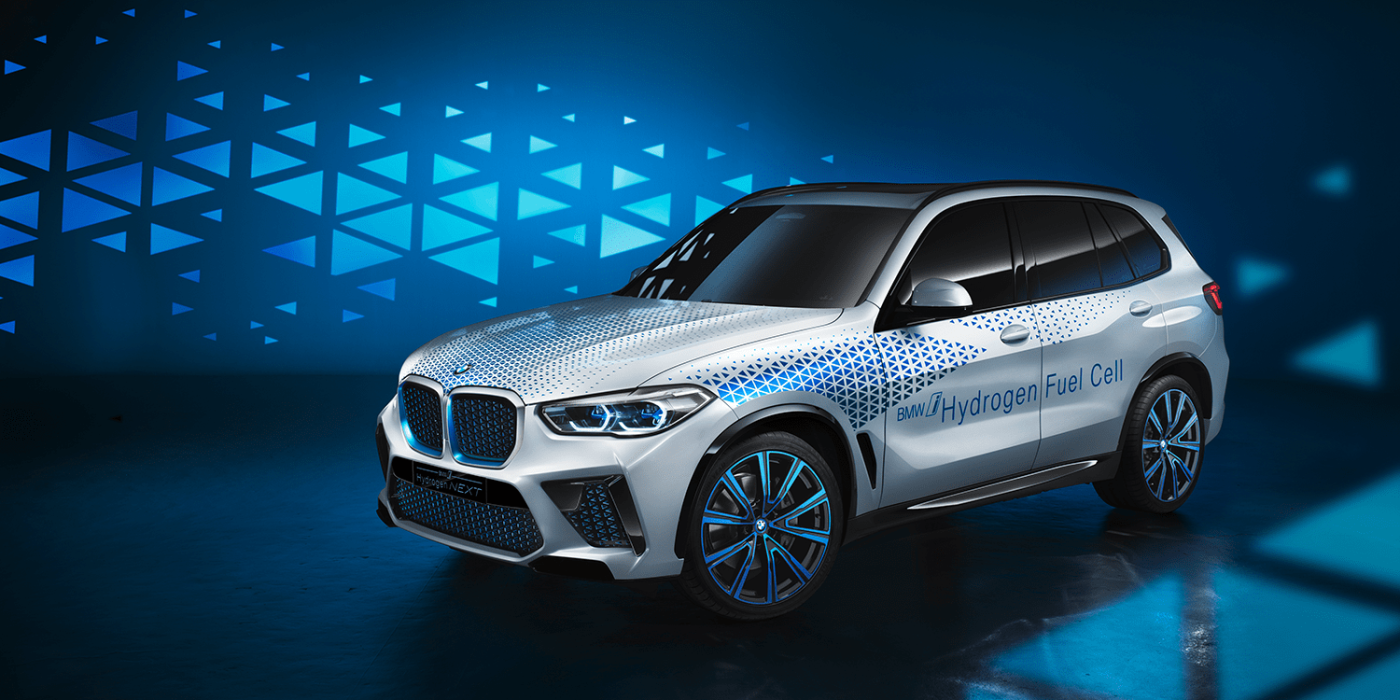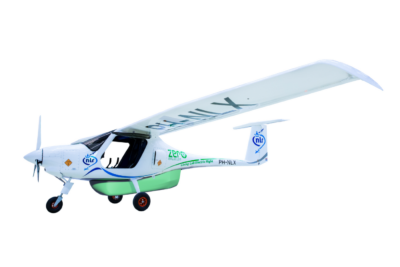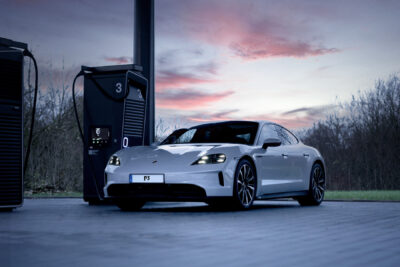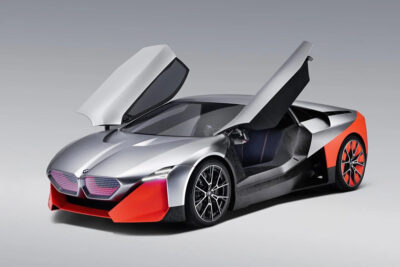BMW confirms small series FCEV for 2022
Starting in 2022, BMW will be piloting the second generation of its fuel cell drive in a small series in the BMW i Hydrogen Next based on the current X5. BMW made the announcement when the German Federal Minister of Economic Affairs, Peter Altmaier made a visit to the hydrogen BMW Group competence centre.
According to BMW, an automated research facility for the production of fuel cell stacks will be used in the production of the X5 pilot fleet. The facility was built as part of the project Auto Stack Industrie, which is supported by the German Federal Ministry of Transport and Infrastructure (BMVI). The stack and the overall system are BMW’s own developments while the inner workings of the stacks – i.e. the cells – are supplied by cooperation partner Toyota.
While BMW CEO Oliver Zipse has repeatedly presented the advantages of hydrogen and openness to technology in the past, he attached a condition to the success of the fuel cell in the presence of the German Federal Minister of Economic Affairs. “For road traffic, what is now required above all is an expansion of the refuelling infrastructure that takes into account the needs of both commercial vehicles and passenger cars,” said Zipse. “Depending on how the framework conditions develop, hydrogen fuel cell technology has the potential to become a further pillar in the BMW Group’s drive portfolio”.
Altmaier countered that “We will shape the framework conditions and actively support the economy in the development and use of hydrogen technology.” The Minister insisted, “But the marketable implementation of hydrogen technologies is up to the companies.” He said he is, therefore “very pleased” that “in Germany, there are many companies like BMW that have the vision, the courage and the innovative power to make this technology a market success”.
The i Hydrogen Next, which will be presented at the IAA 2019, will have an output of 275 kW. This is basically the fifth generation of BMW’s electric drives, which has now debuted in the iX3 – albeit in a slightly more powerful version than in the iX3. The fuel cell, about which the Munich-based company gave some details in March, has an output of 125 kW, as in the Toyota Mirai. BMW did not give further details on the energy content of the buffer battery.
Including reporting from Sebastian Schaal, Germany
bmwgroup.com (quotes from Zipse, in German), greencarcongress.com





0 Comments